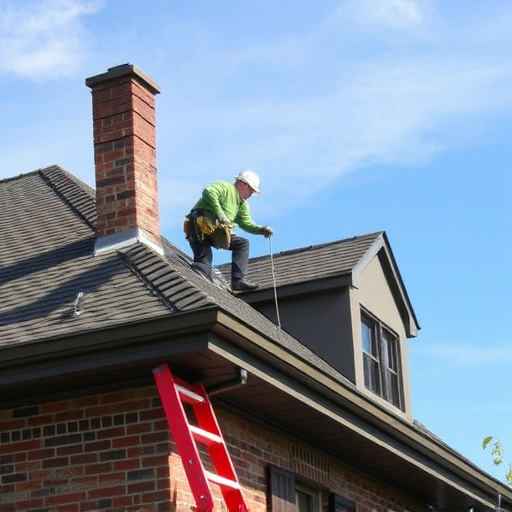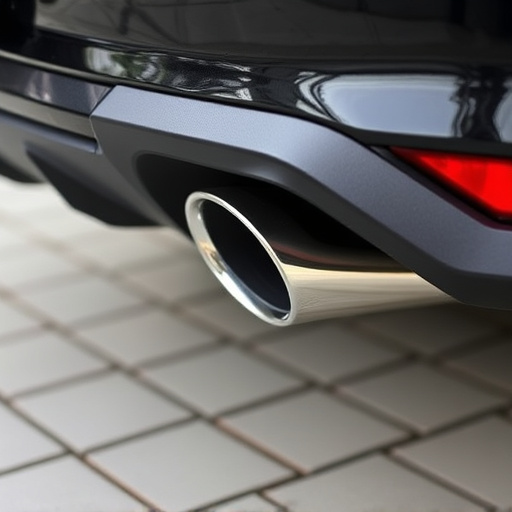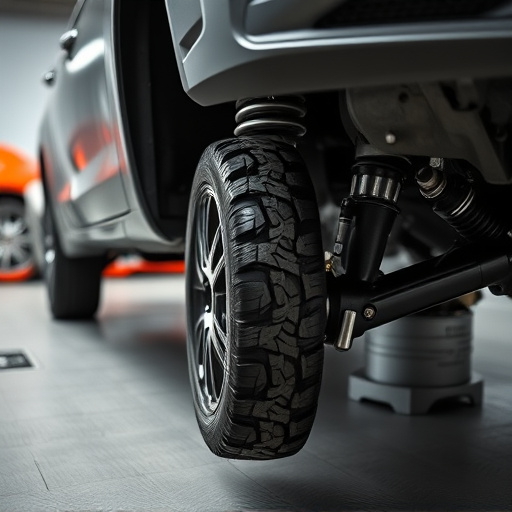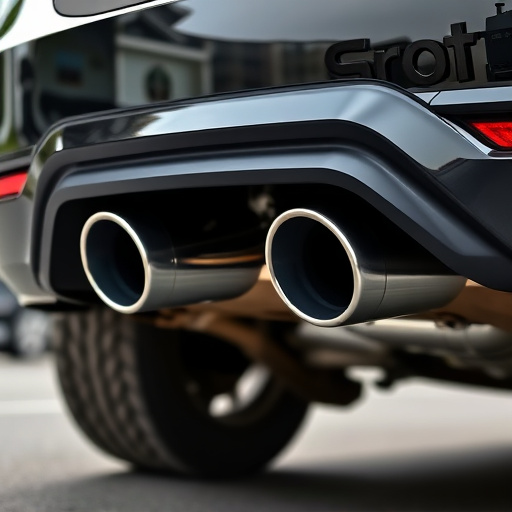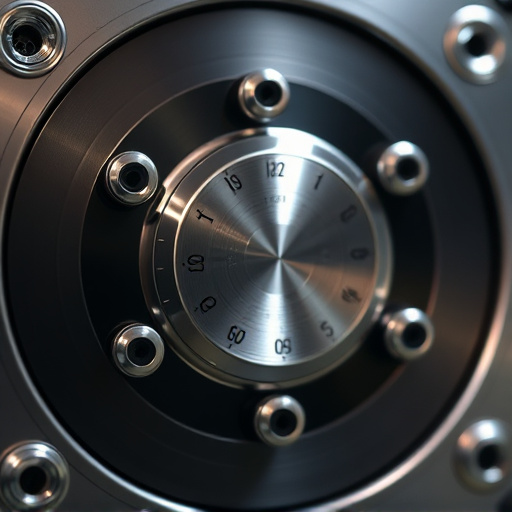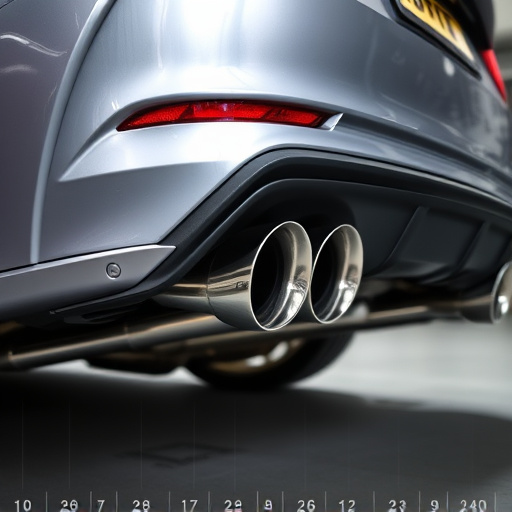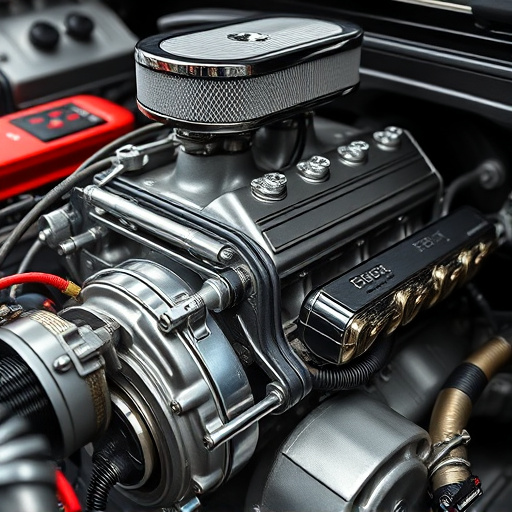Adjustable suspension systems like coilovers and air-based options enhance vehicle handling and comfort. Coilovers offer precise control over ride height, stiffness, and damping via oil-filled shock absorbers, ideal for speed and cornering precision. Air adjustable systems use compressed air to enable individual wheel height adjustments, catering to off-roading or dramatic handling changes, but require regular fluid maintenance. While coilovers have granular tuning, air systems offer versatility across driving styles and terrains; cost and maintenance differ with initial investment and upkeep needs. Both ensure durability with proper care, though air suspensions may face leaks and terrain damage.
“Uncover the battle of the adjustments: Coilovers vs Air Adjustable Suspension Systems. These advanced technologies transform vehicle dynamics, promising enhanced performance and tailored handling. In this comprehensive guide, we demystify their inner workings, from the foundational principles to intricate mechanisms. We’ll delve into a detailed comparison, examining how each system performs, maintains, and withstands the test of time. Discover which adjustable suspension system reigns supreme for your needs.”
- Understanding Coilover and Air Adjustable Suspension Basics
- Performance and Handling Comparisons: Coilover vs Air
- Maintenance, Cost, and Durability Considerations: A Deep Dive
Understanding Coilover and Air Adjustable Suspension Basics

Coilover and air adjustable suspension systems are two distinct approaches to vehicle handling and comfort. Coilovers, short for coil springs over shocks, are a traditional system where spring pressure is managed by oil-filled shock absorbers. They offer precision tuning through threaded collars or adjustment rings, allowing drivers to customize the ride height, stiffness, and damping for various driving conditions.
Air adjustable suspension systems, on the other hand, utilize compressed air to control spring pressure. These systems often feature air springs that can be inflated or deflated electronically or manually to change ride height and stiffness. This technology provides a wider range of adjustment and allows for more dynamic control over vehicle dynamics, particularly in off-road or performance-focused applications. Key components like air intakes and brake components may need consideration when installing an air suspension kit for optimal performance.
Performance and Handling Comparisons: Coilover vs Air
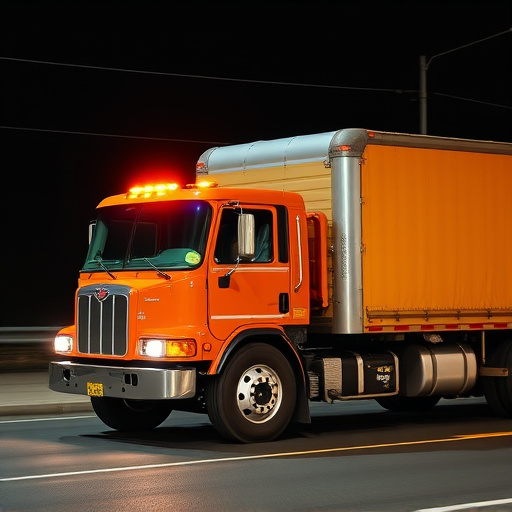
When it comes to performance and handling comparisons between coilover and air adjustable suspension systems, each has its unique advantages. Coilover systems, often found in high-performance vehicles, offer precise control over ride height and damping. They are known for their ability to provide both a firm ride during cornering and comfort at higher speeds, making them a favorite among enthusiasts. These systems can be adjusted to suit various driving conditions and track preferences with just a few turns of the knob.
On the other hand, air adjustable suspension systems, which often include components like cold air intakes and exhaust mufflers, excel in customization. They allow for independent control of each wheel’s height, making them ideal for off-roading or those seeking extreme driving dynamics. This level of customization enables drivers to fine-tune their vehicle’s stance for different terrains and driving styles. While they might not offer the same level of precision as coilovers, air systems provide a wider range of adjustments, catering to a broader spectrum of driver preferences and needs, often found in suspension kits.
Maintenance, Cost, and Durability Considerations: A Deep Dive
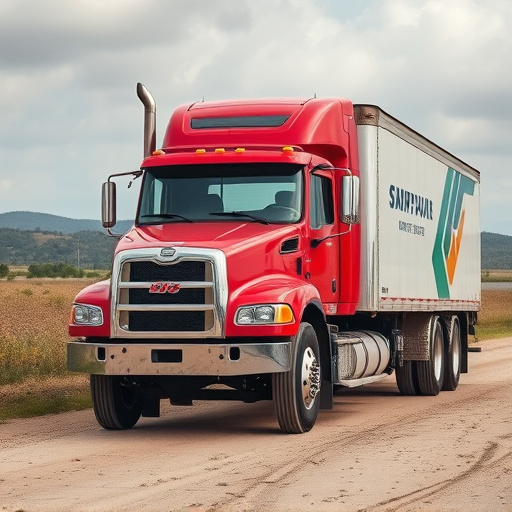
When comparing coilover vs air adjustable suspension systems, a critical aspect to consider is maintenance. Adjustable suspension kits require regular upkeep to ensure optimal performance and longevity. Coilovers generally demand less maintenance since they have fewer moving parts compared to air systems. On the other hand, air suspension requires periodic checks and top-ups of the compressor and fluid levels. This routine maintenance can add up over time, influencing long-term costs.
In terms of cost, both options present different financial considerations. Initial installation prices for suspension kits can vary widely depending on the brand, quality, and features offered. While coilovers often have a lower upfront cost, air suspension systems can be more expensive due to their complex mechanics and advanced technology. Additionally, the replacement or upgrade of brake components and exhaust systems might differ between these two types of adjustable suspensions, adding further variables to the overall expense equation. Durability-wise, both have shown remarkable resilience when properly maintained. However, some users report that air suspension systems can be more susceptible to leaks and damage from rough terrains due to their reliance on compressed air.
When it comes to choosing between coilover and air adjustable suspension systems, each has its unique advantages. Coilovers offer precision tuning and exceptional control, while air systems provide comfort and versatility with easy adjustments. The ideal choice depends on your driving needs, budget, and desired level of customization. Both options ensure enhanced performance and a smoother ride, making them popular among automotive enthusiasts looking to optimize their vehicles’ handling and appearance. Remember, the right adjustable suspension system can transform your drive, so consider these points to make an informed decision tailored to your specific requirements.





